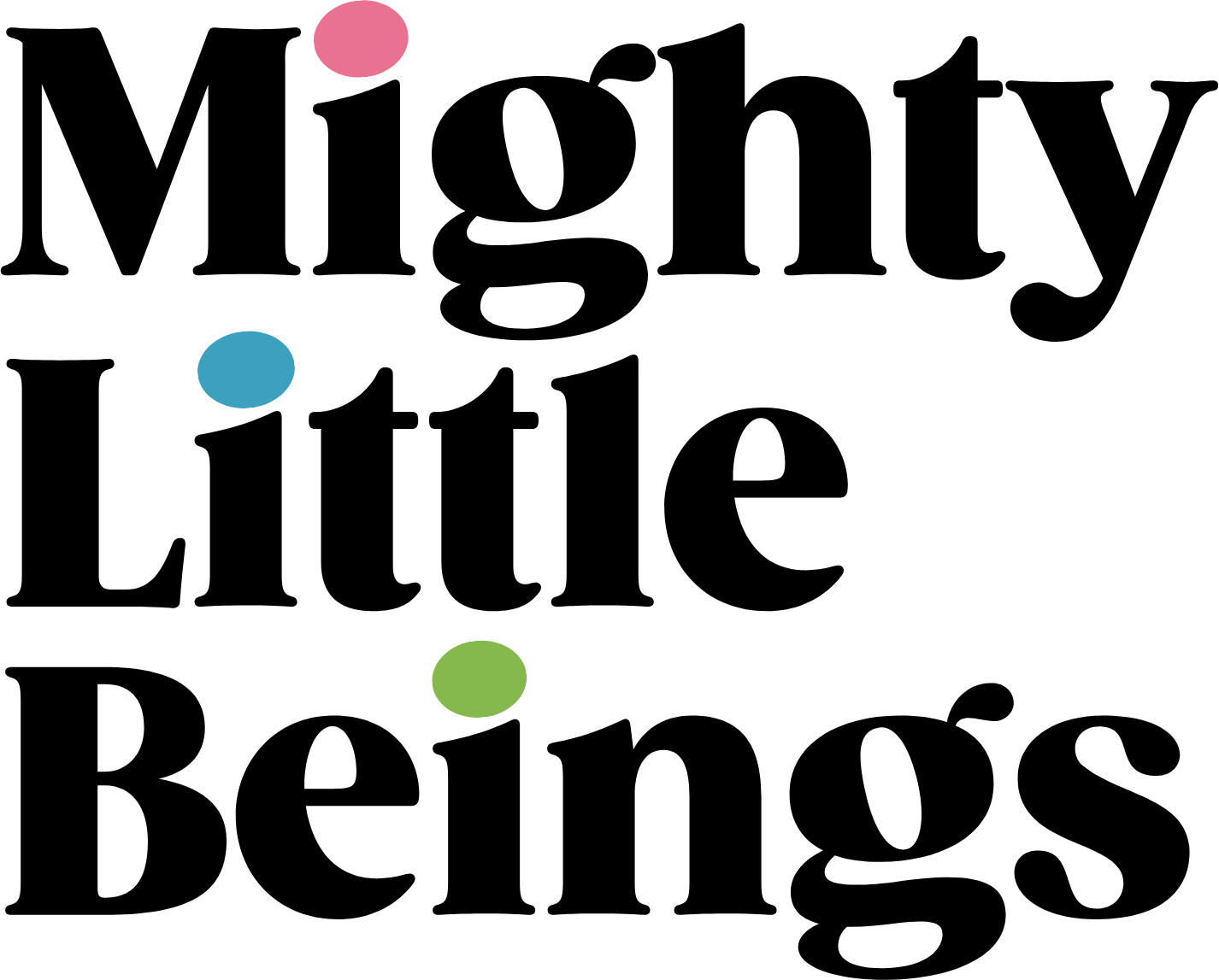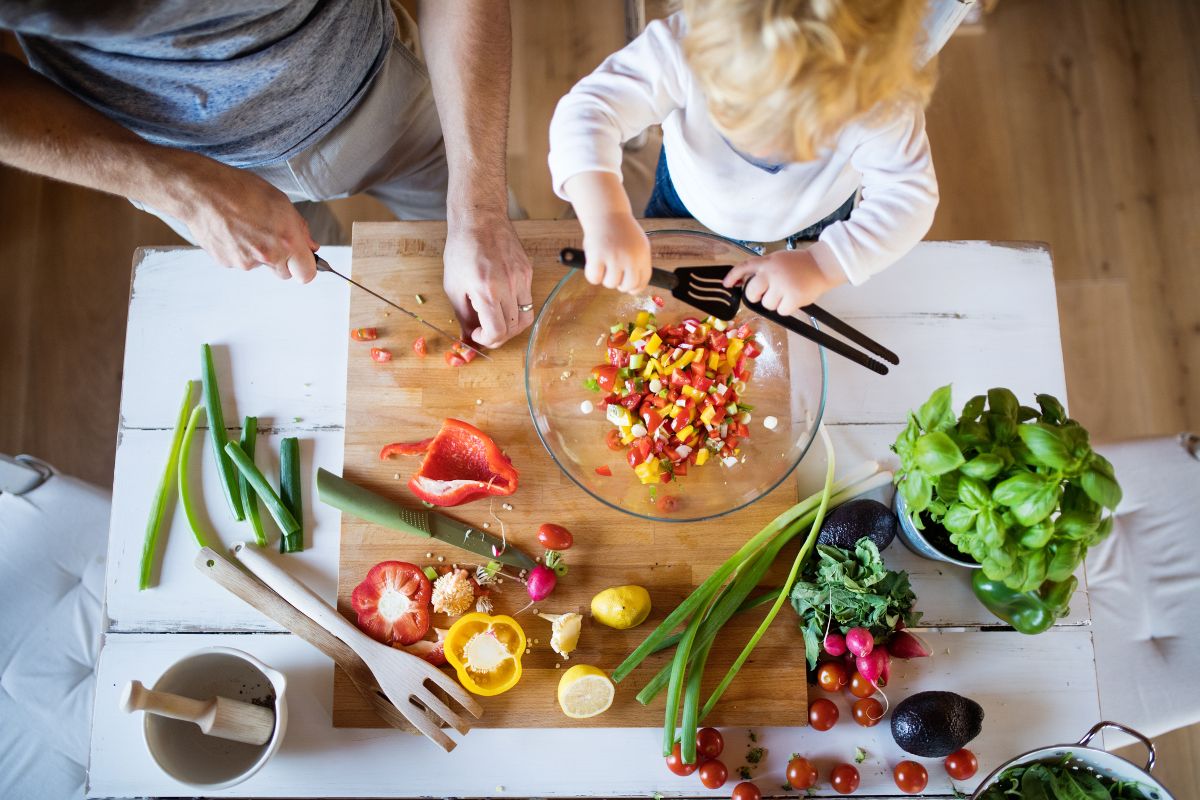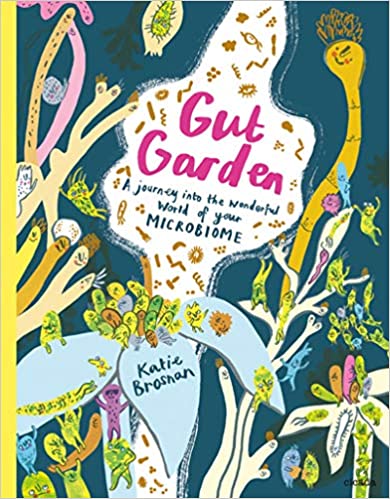The more I learn about gut health, the more I am convinced it is the greatest superpower we can give our children (with empathy being a close second). When I learned that my children’s gut health would be largely established upon entering preschool and would affect their personality, mood, and ability to focus in school, I knew I needed my kids on board with a huge lifestyle change. However, getting children to consume 25 different plant species in their diets every week for optimal gut health is a little overwhelming when mac and cheese is your child’s favorite meal! Luckily, there are wonderful books and resources for getting kids on board with a healthy gut diet.
The Best Children’s Books for Teaching Kids about Gut Health

A Garden in Your Belly, by Masha D’Tans, is a beautifully illustrated book about the gut’s inner workings. I recommend this book for ages 4+.
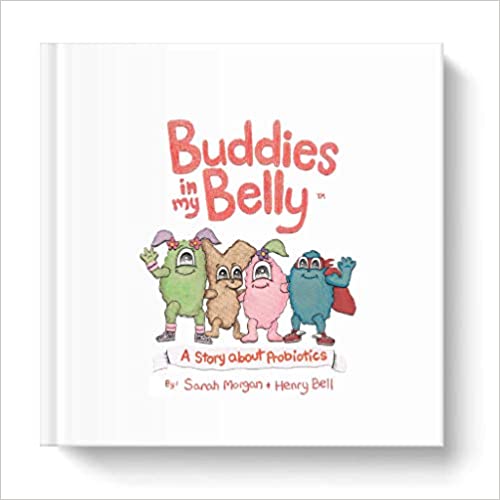
Buddies in My Belly, by Sarah Morgan is a fun way to learn about the different strands of probiotics in your body and how to take care of them. These cute characters make teaching kids about gut health so much fun. I often encourage my kids to finish their fruits and veggies by reminding them about the “Buddies” in their bellies. Works every time!
Books for Encouraging Kids to Try New Foods
The easiest way to encourage kids to try new foods and eat their vegetables is to eliminate processed snacks in their diet. When they are actually hungry, they are much more likely to enjoy and appreciate fruits and vegetables. These fabulous children’s books will help too:
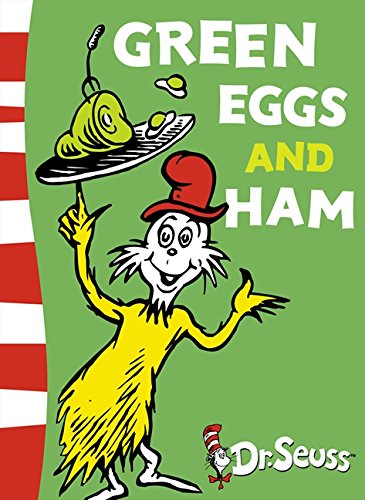
Green Eggs and Ham by Dr. Suess is a classic story for all ages and a fun way to practice rhyming. If your child is resistant to trying new foods, just remind them of the end of this story and say, “Try them, try them, and you may! Try them and you may, I say.” This book will soon be featured as a Mighty Books + Brains lesson for preschoolers.
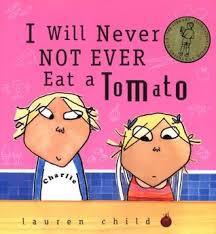
I Will Never Eat a Tomato by Lauren Child is another highly entertaining story of a main character overcoming her resistance to trying new foods.
The Best Book for Introducing a New Family Diet
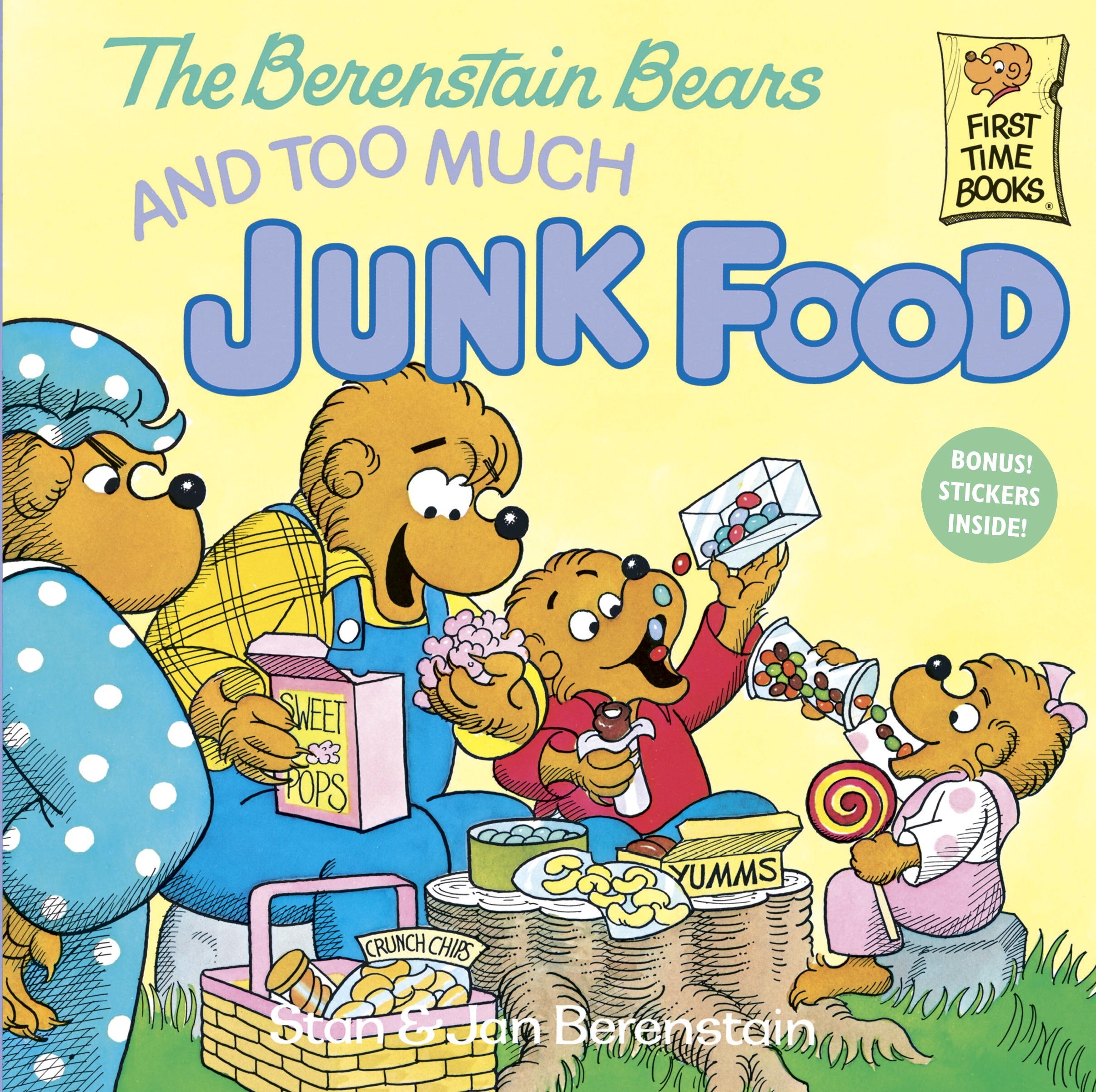
The Berenstain Bears and Too Much Junk Food is the perfect story to introduce some new rules to your little ones. If you feel ready to commit to a more wholesome diet, this is a great story to show them how a family can change for the better together. It is a lot easier to improve your eating habits when everyone is on board, and the cupboards are empty of junk food!
Activities for Teaching Kids about Gut Health
- Make a Rainbow Chart. Making a rainbow chart is a fun way to track the variety of colorful fruits and veggies you and your family eat each week.
- Play in the dirt. Playing in the mud kitchen or “gardening” is the perfect way to introduce good bacteria to the microbiome. (And ditch the hand sanitizer).
- Create Fruit and Vegetable Superheroes. Designing a vegetable superhero is a fun way to talk about the superpowers of various fruits and vegetables.
Products We Love for Teaching Kids about Gut Health
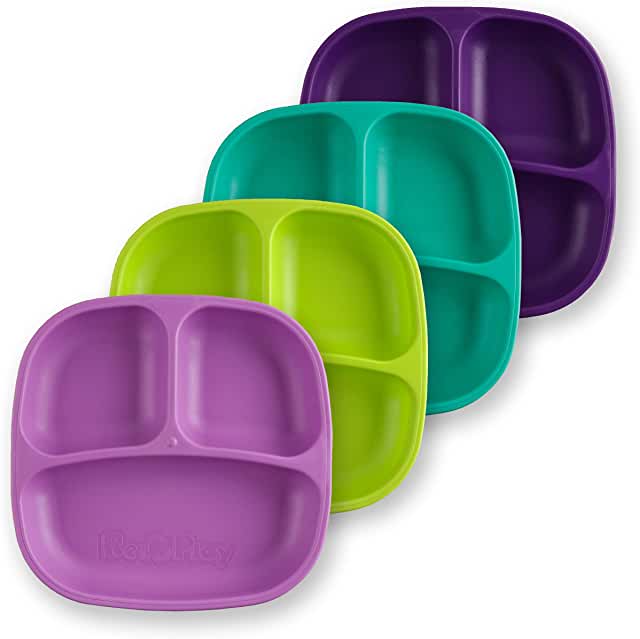
These Re-Play divided plates (made from recycled milk jugs) are an easy way to designate half your child’s plate to vegetables. Whole Grains and beans, as well as protein, go in the other sections. In addition, kids can also use these plates to practice serving healthy meals in their play kitchen!
Check out buddiesinmybelly.com for some really great additional resources for teaching kids about gut health. Also, be patient and don’t expect the process of improving your kids’ gut healthy to be linear. For most of us, this will be a topic we have to revisit again and again. This curated list of books about gut health make learning about gut health with kids fun.
